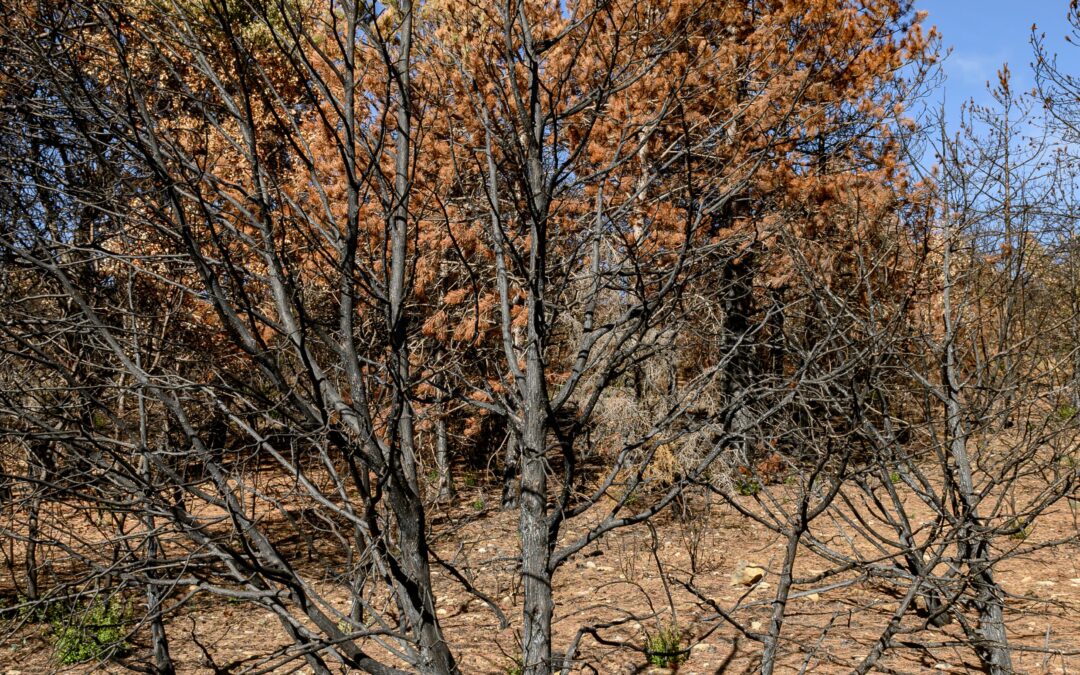Introduction:
Southlake, Texas, known for its picturesque landscapes and vibrant greenery, is no stranger to scorching summers and prolonged periods of drought. As the summer heat intensifies, the trees in Southlake face the risk of drought stress, which can lead to irreversible damage and even death. In this essay, we will explore the impact of drought on trees, understand the signs of drought stress, and discuss effective strategies to mitigate its effects.
Abstract:
Drought stress occurs when trees experience a water deficit, leading to physiological and structural changes that compromise their health and vitality. Southlake’s hot and dry summers exacerbate this issue, making it crucial for residents to understand the signs of drought stress and take proactive measures to protect their trees.
Arguments:
- Understanding Drought Stress:
Coping Drought stress affects trees in various ways, including reduced growth, leaf wilting, premature leaf drop, and increased susceptibility to pests and diseases. When water availability becomes limited, trees prioritize survival over growth, resulting in stunted development and weakened overall health. Recognizing these signs is essential for early intervention and preventing irreversible damage.
Example: A majestic oak tree in Southlake’s Central Park began showing signs of drought stress during a particularly dry summer. Its leaves turned brown and started wilting, indicating a lack of water uptake. Without prompt action, the tree’s condition deteriorated rapidly, ultimately leading to its demise.
- Mitigating Drought Stress:
To mitigate the effects of drought stress on trees, several strategies can be employed:
A) Adequate Irrigation:
Regular and deep watering is crucial during drought periods. Providing trees with a slow, deep soak allows water to penetrate the soil and reach the tree’s root zone. Mulching around the base of the tree helps retain moisture and reduces evaporation.
Example: The city of Southlake implemented a comprehensive irrigation plan during a severe drought. By using drip irrigation systems and adjusting watering schedules to match the trees’ needs, they were able to maintain the health and vitality of the urban forest.
B) Tree Selection and Placement:
Choosing drought-tolerant tree species and planting them in suitable locations can significantly reduce the risk of drought stress. Native species that have adapted to the local climate are often more resilient and require less water.
Example: The Southlake Arborist Society conducted a study to identify the most drought-tolerant tree species for the region. They found that the Texas Red Oak and the Cedar Elm exhibited remarkable resilience during drought periods, making them ideal choices for Southlake’s urban forest.
C) Proper Tree Care:
Regular tree maintenance, including pruning, fertilization, and pest control, is essential to enhance a tree’s ability to withstand drought stress. Pruning dead or damaged branches reduces water loss, while fertilization provides necessary nutrients for tree health. Additionally, monitoring and controlling pests and diseases prevent further stress on already weakened trees.
Example: A homeowner in Southlake noticed signs of drought stress on their beloved maple tree. They promptly contacted a certified arborist who assessed the tree’s condition, pruned away dead branches, and provided a customized fertilization plan. The tree recovered and continued to thrive despite the challenging drought conditions.
Conclusion:
Coping Drought stress poses a significant threat to the trees in Southlake, Texas, particularly during the scorching summer months. Understanding the signs of drought stress and implementing effective mitigation strategies are crucial for preserving the health and beauty of Southlake’s urban forest. By providing adequate irrigation, selecting suitable tree species, and practicing proper tree care, residents can ensure the longevity and resilience of their trees, even in the face of drought.

